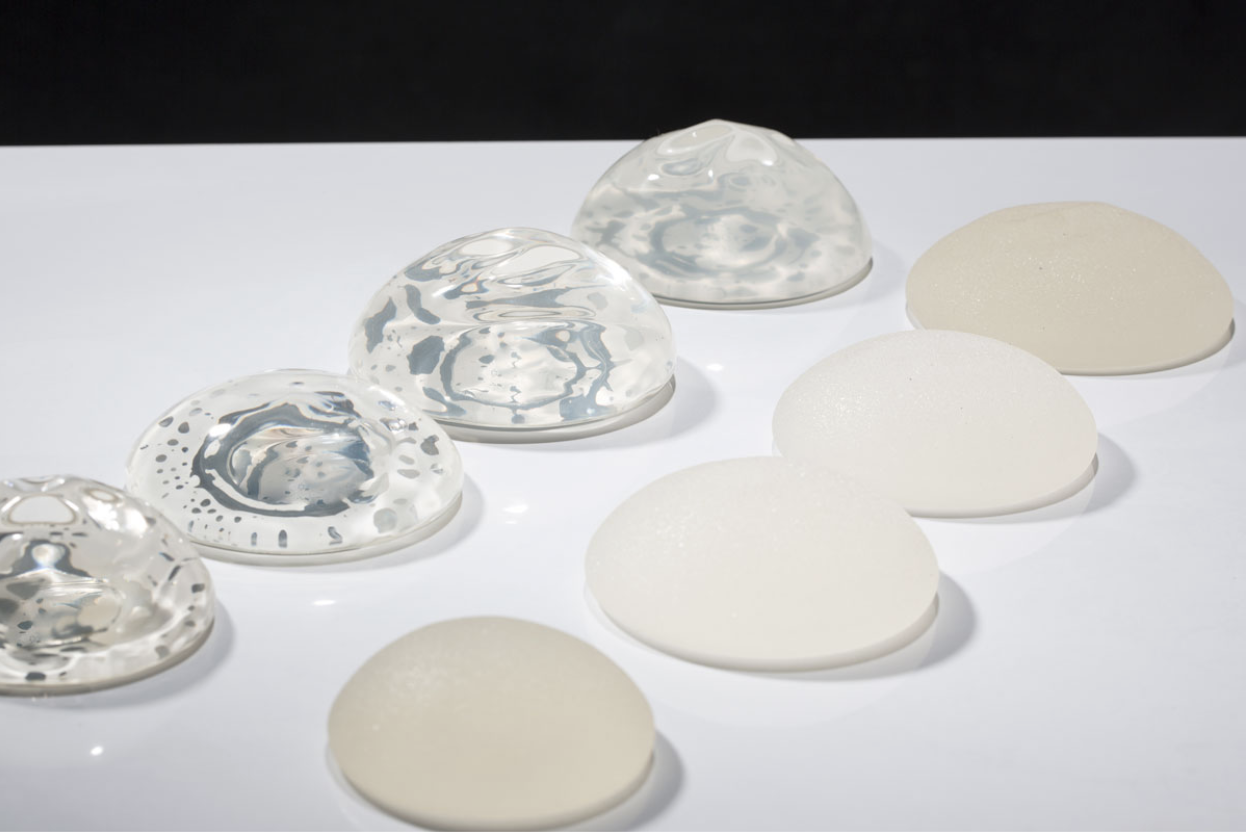Photo via Getty Images
***
Walking down the streets of New York City, it is common to see someone with cosmetic surgery, and it is nearly impossible to see someone without fake eyelashes, acrylic nails, or synthetic hair extensions. There are two distinct qualities common to all of the cosmetic products mentioned: they are utilized predominantly by women, and they are constructed almost entirely from plastic. Studies have shown that women make up 92% of cosmetic procedure recipients. Around 33% of US women aged 18-24 regularly wear fake eyelashes, and 70% of American women have gotten some variation of false nails at least once. These common beauty trends have come to be labeled simply as “girly” and “self-care.” However, is it truly self-care if all of the aesthetic enhancements listed are known to cause adverse effects? Methacrylate, a key chemical in fake nails and false eyelash glue, can cause skin and lung damage. Invasive medical procedures have proven to be a means of microplastic exposure, having direct access to the bloodstream and internal tissues. If this study merely referenced the medical instruments as the source for microplastics, consider the significance of a silicone breast implant bleeding microplastics into the nearby bloodstream, lymphatics, and tissues, a process known as “gel bleed.”
The impact of microplastics on the human body remains largely unknown, but researchers are starting to find potential links between exposure to microplastics and serious health issues. Plastic surgery and synthetic appearance enhancers seem to be yet another covert case of women’s health being used as the guinea pigs for a relatively underdeveloped field, placing microplastics on vulnerable areas—including the scalp, eyes, nail beds, and inside the body— for extended periods of time. Women’s health is already severely underfunded. For example, the National Institute of Health (NIH) is only permitted to allocate 8% of its research budget to Women’s health. Considering the data, it is clear that significant uncertainty still remains about the long-term side effects of many cosmetic surgeries and procedures today.
In addition to this uncertainty, plastic surgery and cosmetic accessories are severely underregulated. The Food and Drug Administration (FDA) does have a required pre-surgery Patient Decision Checklist, and has a “black-box warning,” the most serious FDA warning, on implants. However, the FDA recently implemented this in 2021, and the post-market surveillance, which monitors the safety of drugs and procedures when they enter the market following successful clinical trials, currently has conflicts of interest. In this case, post-market surveillance observes and records the impact of silicone implants on recipients. Still, it is subject to inconsistent funding, resulting in weak data collection mechanisms that encourage underreporting by medical practitioners and patients, and produce low-quality data. The low-quality data allows for ambiguity on the severity of side effects for breast implants, and secures funding for “user fees” from industry manufacturers. The incentive to maintain weak post-market surveillance data for industry funding compromises the FDA as a reliable source for the severity of silicone breast implant side effects. As for cosmetics, the Modernization of Cosmetics Regulation Act (MoCRA), passed in 2022, allows the FDA to regulate cosmetics. This power is mostly through enforced recalls, reporting adverse events, and registering facilities and products. However, it does not require the FDA to review or ban harmful chemicals and ingredients.
As a young woman myself, there is constant pressure to take advantage of your “prime.” I cannot help but wonder if this pressure is trapping us girls and women into an inescapable box. While you can stop biweekly nails, monthly lashes, and some lip filler, instead doing them “every now and then,” the question still remains whether one can reverse the largely unknown effects of microplastics. It is easy to look back at lead paint being used and wonder how people did not realize its hazardous properties, but at the time, people just thought of it as a fun way to decorate their homes. Will these cosmetic rituals be looked back on in a similar way? Will history books be unkind and insinuate that the women doing it were just “foolish” and “desperate for attention?” America’s push to have women become a “pretty thing,” to be seen and not heard like a real-life Barbie doll, is more forceful than we have realized. Medical boards and the FDA must require all cosmetic providers to be more transparent with consumers about ongoing studies for associated health risks, and create stricter regulations for materials used recreationally and medically. Stable user fee funding models for the FDA would help reduce conflict of interest, allow focus on regulations, and maintain an objective standard. Individually, we as consumers must be critical about our choices and use research to make informed decisions on our choice of cosmetics.
***
This article was edited by Teagan Munafo and Michael Stallard.
